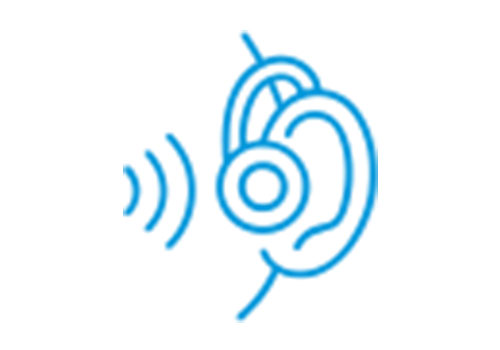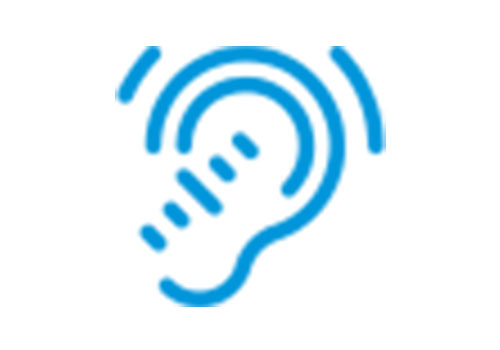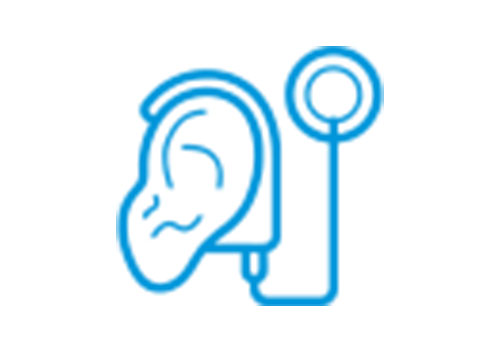Otoacoustic emissions (OAE) testing is a type of hearing test that assesses the function of the inner ear, specifically the cochlea. OAE testing is used to evaluate newborns and young children who may not be able to respond to behavioral hearing tests.
OAE testing is painless and noninvasive. First, a small probe is placed in the ear canal. The probe emits clicks or tones, and the cochlea responds by producing its own sound, called an otoacoustic emission (OAE).
There are many benefits to Otoacoustic Emissions (OAE) Testing. Some of the most common benefits include:
- Noninvasive and painless
- Can be used on newborns and young children who may not be able to respond to behavioral hearing tests
- Can help assess the function of the inner ear
- It examines your outer and middle ear for blockages
Our clinic offers Otoacoustic Emissions (OAE) Testing to all of our patients.
The team of specialists at our clinic are experts in Otoacoustic Emissions (OAE) testing. We have years of experience administering this type of testing and can provide you with the results you need to make informed decisions about your child’s hearing.
Don’t wait to get your child the help they need. Contact us today
OAE testing is recommended for newborns to look for signs of deafness. With babies, testing of this nature is often a part of a newborn hearing screening program. Otoacoustic emissions testing may also be done to get a better idea of a patient’s hearing sensitivity. In some instances, OAE testing is performed on patients in conjunction with other tests to check for functional or non-organic hearing loss.
Your child is not required to sleep during this test. However, for this test, your child, and everyone in the room, must be able to sit still and be very quiet. Your child will not feel anything during this test.
During the evaluation, a tiny probe is inserted into the outer ear canal and a sound is transmitted through the outer and middle ears to the cochlea. The hair cells in the cochlea send back a response similar to an echo that is measured by the probe in your ear. The reaction is extremely faint, making it susceptible to outside noise and movement



